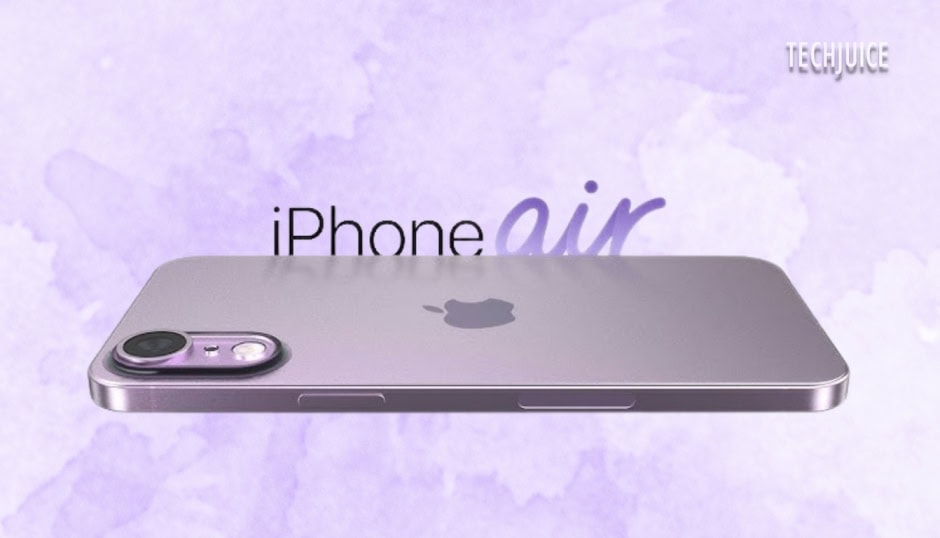Apple’s upcoming iPhone 17 Slim, or iPhone 17 Air, is set to be one of the thinnest devices in the company’s history. However, as the tech giant focuses on creating a sleek, ultra-thin profile, it appears to be making several compromises that could impact both sound quality and battery performance.
Recent leaks indicate that the iPhone 17 Air will possess a thickness of merely 5 to 6 millimeters, exclusive of the camera module. In pursuit of this streamlined design, Apple is allegedly eliminating one of the device’s binaural speakers and reducing the size of the battery. The physical SIM card receptacle has been removed, and the device now exclusively utilizes eSIM technology. Consequently, the camera module is anticipated to be the most salient feature located on the rear of the device.
This design philosophy bears a striking resemblance to Apple’s strategy with the inaugural MacBook Air in 2008, which prioritized the development of a slender device, albeit at the expense of performance and functionality. Contemporary MacBook Air models no longer compromise on performance; however, the initial iteration faced criticism due to its limited interface availability, insufficient storage capacity, and inadequate battery longevity.
The iPhone 17 Air remains under development, with reports indicating that Apple is encountering difficulties in integrating all requisite components into a remarkably slender chassis while preserving battery capacity. Although the device is expected to possess a remarkably slender profile, the compromises in battery longevity and audio quality may elicit apprehensions among certain users.
iPhone 17 Air Key Features
The iPhone 17 Air is distinguished by its notable features, which encompass a 48-megapixel rear camera and a 24-megapixel front camera. The device will be equipped with a 6.6-inch Dynamic Island display, an A19 processor to enhance performance, and 8GB of RAM to facilitate superior multitasking capabilities. The chassis of the phone will be constructed from lightweight aluminium, ensuring durability while avoiding the addition of superfluous mass.
Additional noteworthy modifications encompass the elimination of the bottom-edge speaker, resulting in the presence of a singular speaker located within the earphone. Additionally, while the iPhone 17 Air will use Apple’s custom-designed 5G modem, it may not support mmWave 5G, potentially affecting data speeds.
Owing to its slender design, the battery capacity of the iPhone 17 Air will be diminished, potentially leading to a lesser battery life in comparison to other iPhone models. The device will additionally be equipped with lightweight aluminium frames, thereby augmenting its portability.
Apple is anticipated to introduce the iPhone 17 series in September 2025. The lineup will comprise the standard iPhone 17, in addition to the more advanced Pro variants, which are anticipated to present enhanced camera capabilities and a sleeker aluminium chassis, incorporating a partial glass posterior to facilitate wireless charging.












